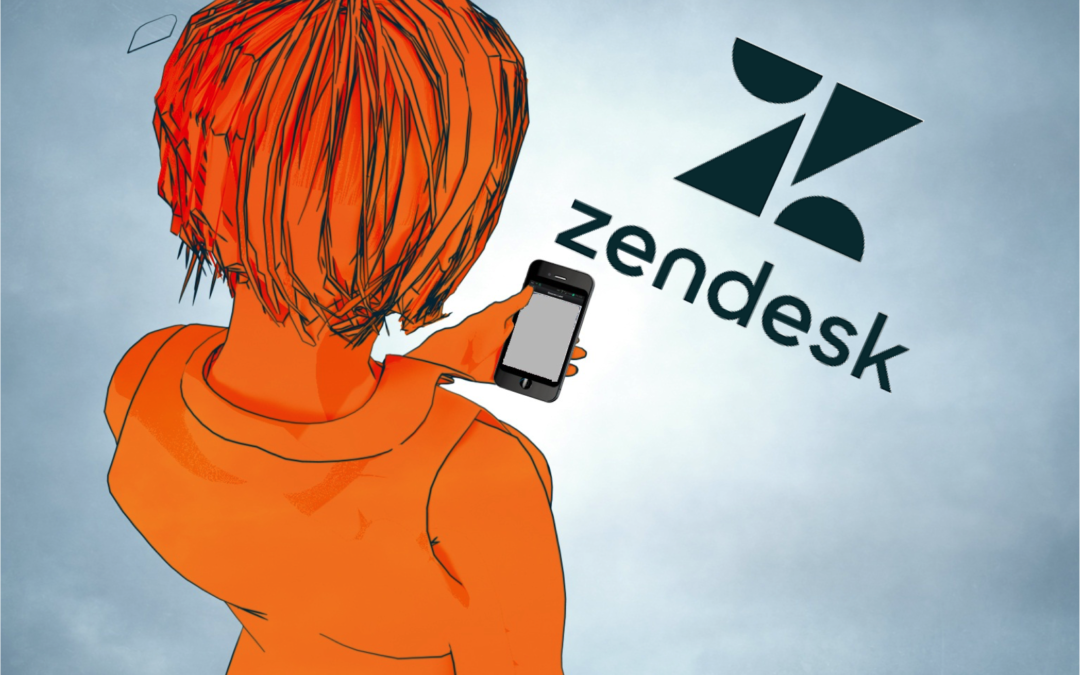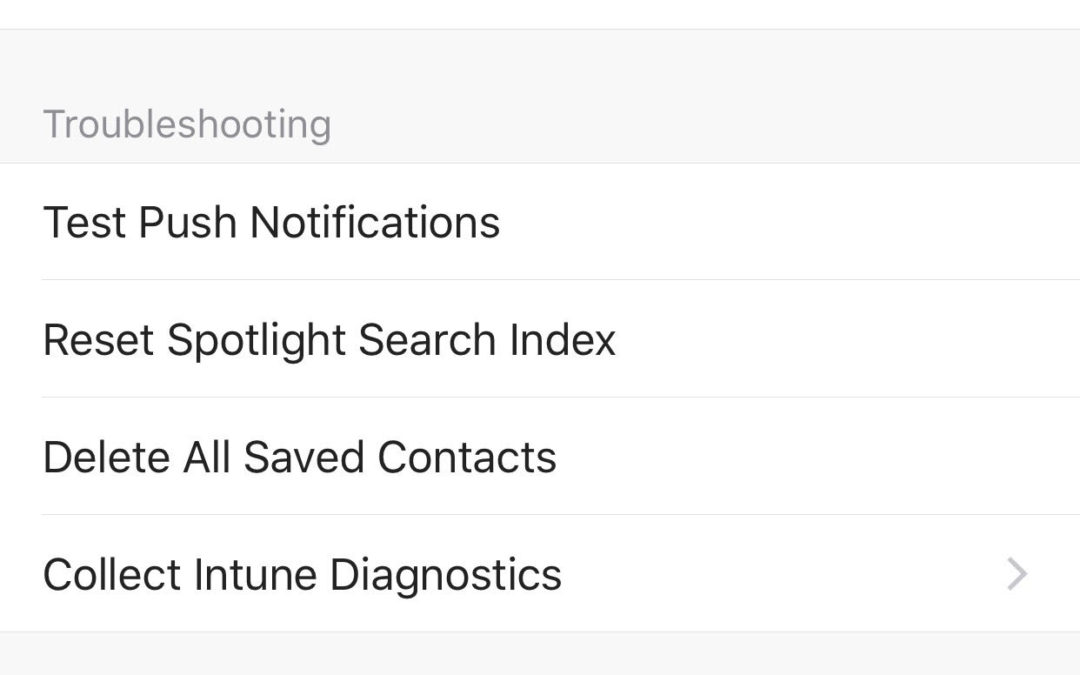
by twieberneit | Jul 28, 2017 | Blog |
For a while now I am contemplating about why companies choose one custserv solution over another. After all the market is pretty crowded. Vendors have a hard time to differentiate themselves. Just looking at G2Crowd one finds 88 Help Desk Solutions. Larger organizations are likely to be influenced by Gartner’s Magic Quadrant on Customer Engagement Centers or the Forrester Wave on Customer Service Solutions. Smaller organizations are probably looking more at the new breed of peer-to-peer review sites, like the aforementioned G2Crowd or GetApp, TrustRadius, Capterra and others. Many companies conduct research and establish an RFP process to determine the best fit; some see a bottom-up approach from team level to corporation. A kind of ‘shadow IT’ emerges to solve a team’s particular problem. This solution over time could get corporate blessing and may even become the main solution. A clear and reliable roadmap is mandatory for all vendors, so no difference here. Same for share of mind – this has become table stakes. But what is it that makes one vendor win over another? Are there patterns? To get more insight I asked some smart people who stay unnamed here – but you know who you are! So What Are Contributing Factors? The good news is that there seem to be only a few factors. Based on the discussions I can roughly group them into six categories. Here they are, in no particular order: A particular feature is needed or desired Suite- vs. Best-of-Breed thinking Size of the customer organization Relationship building Referrals Departmental adoption Of course they are not mutually exclusive. Let me briefly dive into each...

by twieberneit | Jul 11, 2017 | Blog |
Soon there will be an additional in-app customer service channel. So far we have a bunch of service channels, most of them requiring the user to leave the app to Pick up the phone for a call Browse for self support Open up an additional chat window Take on the social media channels Move on to messenger applications How about getting into your car to get to a store? … And then a customer may be moving back and forth between these channels with all the potential of losing track of the incident status and the friction that cross channel customer service still causes. There is no doubt that providing in-app support is the best possibility to offer fast issue resolution. It can provide telemetry information from within the app, identify the user and therefore provides a lot of relevant context that makes it easier for a service agent to help the customer without unnecessary delays. The customers’ shift to emphasize on the “Now” is also seen by Google research. Not Every Device is a Smartphone But what if the customer cannot pick up the phone to engage in a typed conversation? The customer might be engaged in a VR game, or driving a car, or in any number of situations without having a free hand. Maybe the customer simply doesn’t want to pick up a phone? What if the app doesn’t offer a user interface at all beyond a little light that indicates ‘I am available’? This would e.g. be the situation in an ambient environment that senses the presence of a person and acts accordingly. An environment...

by twieberneit | Jul 4, 2017 | Analysis, Blog |
Mid of April I published an article about the mobile in-app support landscape that, amongst other players, touched on Zendesk. In this article I stated: “Zendesk is not a mobile native. Their chat widget integrates into web pages and the company does not offer in-app chat. Instead the company offers solutions that hook into existing messaging apps like Facebook Messenger or Whatsapp.” This statement was based upon research that I did in the first half of the month with Zendesk publishing their Fabric based in-app support kit on April 19 of the same month. So, maybe I should have posted this article a little later, but good on Zendesk for getting on with mobile in app support. They had, as well as many other bigger vendors in the customer service and call center arena still have, a wide open flank here that gets covered by specialist vendors like Helpshift, Intercom, or LivePerson, or suite vendors like Freshworks. Zendesk, a Mobile Native or Not? I say that, although I maybe did them wrong by stating that they don’t do in-app FAQs – although I do not believe so, as the help center content seems to be delivered from the server and needs an online connection. Still I maintain that they are not a native player. I will explain my reasoning a little later, after summarizing what I got out of talks with Douglas Hanna and, more recently, Greg Dreyfus from Zendesk. As per now Zendesk offers two different SDKs for mobile. The support SDK and the Chat SDK (both links go to the iOS version, there are Android versions, too)....

by twieberneit | Apr 21, 2017 | Analysis, Blog |
In a mobile world, where the smartphone has become the command center of our lives support needs to be offered from directly inside the app, using in-app messaging. This way the advantages of being able to send relevant contextual information about the state of the app to the service agent and the ability to engage in a service conversation via a conversational UI can get brought to full advantage. The user is identified, relevant information has been gathered, which the service agent can use right away. This leads to capabilities that a genuine mobile in-app support system needs to have on top of generic help center functionality: In-App FAQ that gets pushed out to the phone and is available in an offline scenario Collation of meta data about the phone, user and the incident that created the support call, along with the ability to send that to the customer service center In-App messaging/conversational UI in combination with push notifications Automation to properly route incoming issues and to increase the issue resolution efficiency An ability to integrate into CRM- or other systems An ability to selectively and proactively engage with users, to e.g. support onboarding or push notifications about special situations to relevant parts of the user community. It is possible to find vendors that deliver parts or all of this in order to deliver a mobile service experience. Platforms like G2Crowd, but also traditional analyst companies like Forrester and Gartner give some leads. Gartner lists Salesforce, Pegasystems, Oracle, Microsoft, Zendesk as leaders in customer engagement centers, with SAP being the only Challenger and Lithium the only Visionary. None of...





